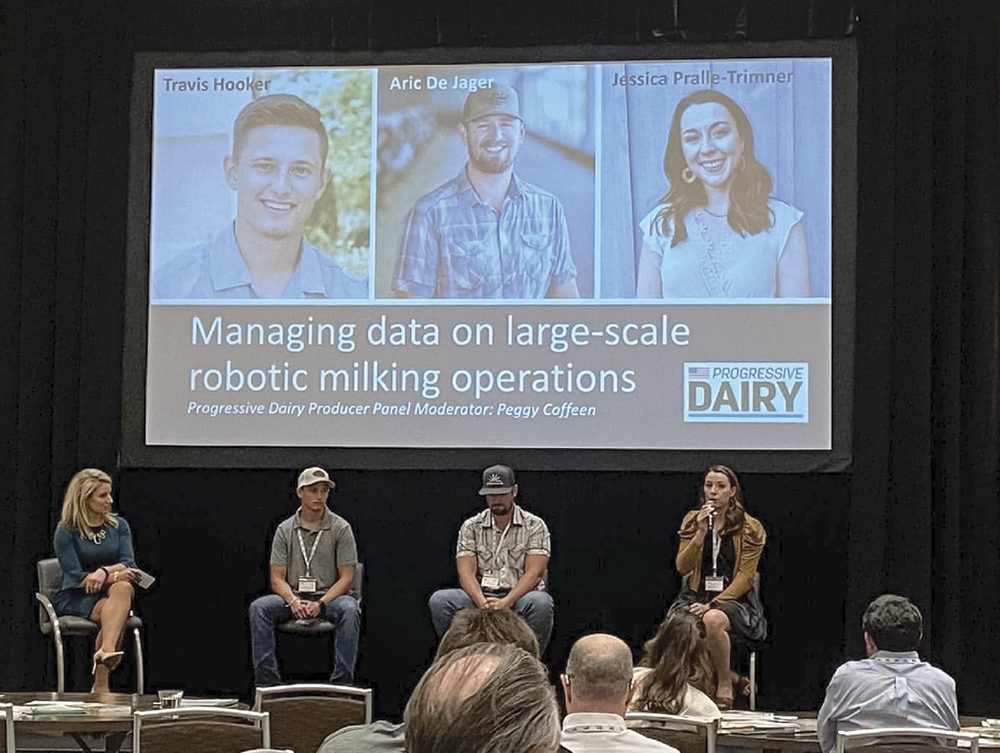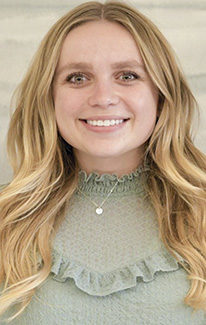Where do your eyes gravitate to when you look at the dashboard?
DE JAGER: Milk production, free time – which is time cows spend out of a unit – and health lists.
HOOKER: I look at fetch lists or the alarm lists. Our barn runs unattended for four hours every night, so the first thing I do is look at the fetch lists to see if there’s a robot down or a problem I need to attend to first thing in the morning. Then I look at cows in heat off the SCR computer [and at] sick cows so I can get them sorted and taken care of. Then I go to our milk monitoring page and look at [the] mastitis detection index, which is based on flow and conductivity. We culture all of our mastitis. If they don’t have a growth and are gram negative or gram positive, we don’t treat them, but if we do have a growth, then we’ll pull them out and treat them.
PRALLE-TRIMNER: The first thing I look at is how many cows I need to evaluate that day. I also look at rumination, how many times cows are coming in and fetch lists. When I get a little time later in the afternoon, I go through the full dashboard and analyze where we’re at and compare that to our conventional herd.
What is one of your goals for your operation? What key pieces of data do you need to get there?
DE JAGER: One thing I’ve wanted to do for a long time is milk 80 cows per robot. We’ve been kind of stuck at somewhere between 65 and 70 cows, and every time we push above that, the data indicates that we’re going backwards. I think there’s ways to doing that; I don’t know how yet. Longevity is important. Getting cows to another half of a lactation is a big goal for us. Using everything we have more effectively will probably be a good thing.
HOOKER: When people think of robotic dairies, they think of the environment that the cow is going to be in. I think another thing for me is to create a place where cows can produce more milk. Lower cull rate is another thing – when my dad and I sat down and asked, “OK, how is this going to pay for itself?” – one of the big things was the cull rate. If you can keep a cow longer and not have to raise as many replacements, that really moved the needle, and that’s one of our main goals is to get an older herd.
PRALLE-TRIMNER: When it comes to our farm, we want to create an environment where cows just get to be cows. One of our goals is to reach 125 pounds of energy-corrected milk; I’m certain that we’ll get to that. I can’t say that there’s one piece of data that’s going to get us there, but we’re definitely grateful for activity, rumination monitoring and being able to make decisions very rapidly. We’re hoping to push for that longevity of cows.






